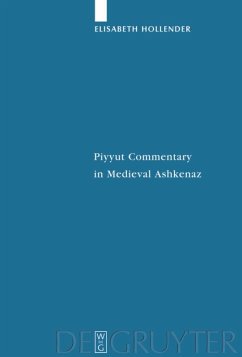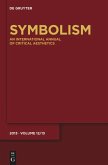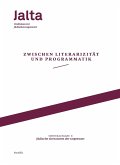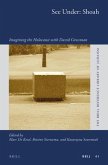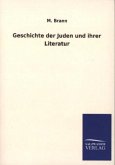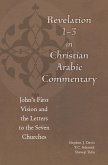In medieval Ashkenaz piyyut commentary was a popular genre that consisted of open texts' that continued to be edited by almost each copyist. Although some early commentators can be identified, it is mainly compilers that are responsible for the transmitted form of text. Based on an ample corpus of Ashkenazic commentaries the study provides a taxonomy of commentary elements, including linguistic explanations, treatment of hypotexts, and medieval elements, and describes their use by different commentators and compilers. It also analyses the main techniques of compilation and the various ways they were employed by compilers. Different types of commentaries are described that target diverse audiences by using varied sets of commentary elements and compilatory techniques. Several commentaries are edited to illustrate the different commentary types.
"[...] Hollender's book, as well as her growing body of work in general, is a serious contribution to the study of piyyut commentary and is sure to serve as a touchstone in what one hopes will be numerous studies that it brings in its wake."Michael Rand in: European Journal of Jewish Studies 2/2009"[...] Hollender's book, as well as her growing body of work in general, is a serious contribution to the study of piyyut commentary and is sure to serve as a touchstone in what one hopes will be numerous studies that it brings in its wake."
Michael Rand in: European Journal of Jewish Studies 2/2009<
Michael Rand in: European Journal of Jewish Studies 2/2009<

